In the 20th century, Indian football remained an enigma. It was the most popular spectator sport at the domestic
level. A record 131,000 people witnessed the KBL–Federation Cup semi final between East Bengal and Mohun Bagan in July 1997 at the Salt Lake stadium Calcutta. Crowds in the range of 70,000–100,000 were frequent in Kerala andBengal for the Federation Cup or Nehru international football tournaments. In smaller centres like Goa, Bangalore and Delhi, capacity crowds in the region of 25,000–35,000 often witnessed needle matches involving Mohun Bagan, East Bengal, Mohammedan Sporting, Salgaocar and Dempo Goa, F.C. Kochin, JCT and in earlier days Hyderabad City Police. Despite such a massive following, Indian football has not evolved into a professional game, as in other Asian countries like Japan, South Korea or Saudi Arabia
With the advent of satellite TV and the increasing popularity of the English Premier League (EPL) and UEFA Champions League, interest in watching Indian football has declined especially amongst the younger generation, with the exception of Shillong and Pune. Crowd support has tumbled rapidly. All India Football Federation (AIFF) figures show that the average crowd in the recent I-League 4, spread over six months was a mere 3,139. This figure was also reached primarily because of the 80,000 crowd which witnessed both the derby matches in Kolkata. Unlike in the past, only Mohun Bagan, East Bengal, Pune FC and newly promoted Shillong Lajong FC have numerous supporters in their homer matches. In the last five editions of the national football league, the average attendance has declined and never been more than 4,000 per match.
Decline in spectators and viewership on TV has led to the closure of both Mahindra United and JCT, within a span of 14 months. Their closure is the end of an era in Indian football which for decades was sustained by teams financed by corporate entities. In a changing global business environment, these business houses have gradually opted out of football. Mahindra United was the fifth top Mumbai football club to close down. Earlier Century Rayon (1982-83), popular Mafatlal SC (1985), Tata’s SC (1987) and Orkay Mills (1995) terminated their football teams. In 2006 Fransa (Goa) shut shop.
Spiraling costs, limited media exposure and fan following are the real reasons for Mahindra United and JCT’s football teams being disbanded. About six years ago, a top-rung football outfit in India could be maintained by spending about Rs. 3 crores. The annual expenditure is now about Rs. 10 crores and returns are diminishing.
Inadequate infrastructure is also hampering the development and popularity of Indian football. None of the India clubs own their own stadiums. Even established clubs like Mohun Bagan and East Bengal lease their grounds at the Calcutta Maidan from the Indian Amy. Unlike cricket, football has not been marketed efficiently. Thus football in India is still confined to a few states, Bengal, Goa, Kerala, the North-Eastern states and small areas in Mumbai and Delhi. Traditionally strong areas of football like Hyderabad, Bangalore and Chennai have declined due to inefficient management by the state associations and vote bank politics of the AIFF.
Unlike in the past, the AIFF has ample financial reserves, a ten year deal with Reliance—IMG worth Rs. 700 crores, a lucrative deal with Panasonic for international matches and grants from FIFA, worth a half a million dollars per annum. Such largesse has enabled the AIFF to send a U-15 year’s team toFloridafor a years training at an IMG camp. The AIFF also spent an unprecedented Rs. 16 crores for training (including monthly payment to the players) the national team for the Asia Cup final rounds in Qatar in January 2011. India is also seen as a good paymaster (Houghton got $30,000 per month) and AIFF has received over 70 applications for the vacant post of national coach. So lack of money is not an impediment for development.
Another paradox of Indian football is underachievement at the international level. For about a decade, 1951 to 1962, India were amongst the best in Asia, winning the Asian Games gold medal twice in 1951 at Delhi and 1962 at Jakarta. India were also runners up in the prestigious Merdeka football tournament at Kuala Lumpur, twice in 1959 and 1964 and runner up in the Asia Cup at Israel in 1964.
During this time span, India finished fourth in the 1956 Melbourne Olympics. India was the first Asian nation to reach the Olympic football semi final. In 1956, India beat Australia 4-2 in the quarter -finals and centre forward Neville D’Souza became the first and till now the only Asian to score a hat trick in the Olympics. From 1948–1960 India played regularly and with reasonable distinction in every Olympics. India also won the Quadrangular tournament, (other contestants, Burma, Pakistan and Ceylon) four times from 1952–55. However in the last three decades successes have been limited. Since 1960 India has not qualified for the Olympics and never made it to the World Cup finals. The last Asian games quarter -final appearance was in Delhi 1982. A bronze medal in the 1970 Bangkok Asian Games and joint winners with Iran in the Asian Youth championships in 1974 is the only achievement at the continental level. Lack of international success has led to a decline in media and spectator interest in Indian football.
In the 20th century many Indian footballers were amongst the best in Asia. Jarnail Singh, Chuni Goswami, P.K. Banerjee, T. Balaram, Peter Thangaraj, Altaf Ahmed and Yusuf Khan to name a few have played for the Asian All Stars XI. Right back Sudhir Karmakar was chosen the Best Defender in Asia after the 1970 Bangkok Asiad. Such talented and charismatic players attracted large crowds. Baichung Bhutia who played in England’s professional league, for 2nd division Bury F.C. and I.M. Vijayan were the last crowd pulling footballers.
Professional management, better marketing, greater attention to the National team and broadbasing the game in different states is required for Indian football to have a brighter future in the 21st century. Indian football is at the crossroads. The AIFF is now spending money on developing infrastructure and providing better facilities for the national team. The focus will now be on the next generation of Indian players Jeje Lalpekhlua, Raju Gaikwad and Sheikh Jewel Raja to combine with established stars like Sunil Chettri and Subrata Paul and improve India’s FIFA ranking of 146, as in June 2011.





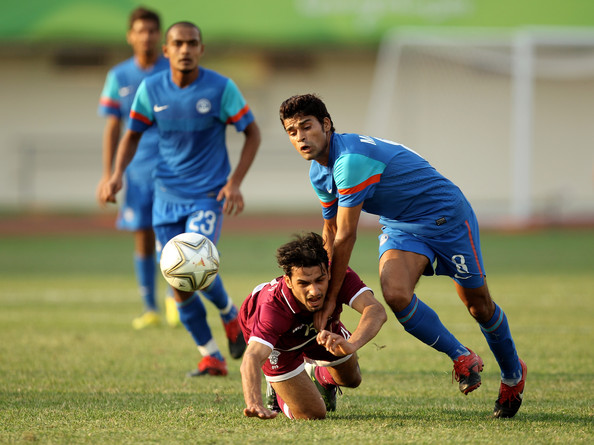
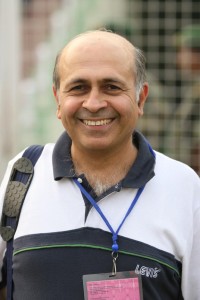
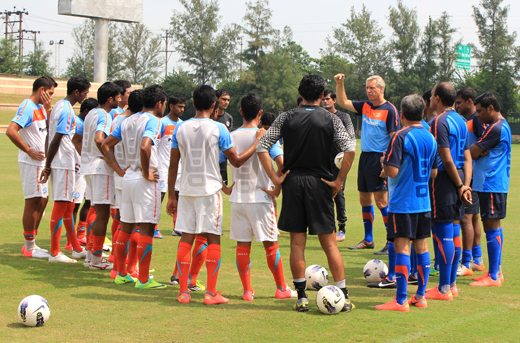

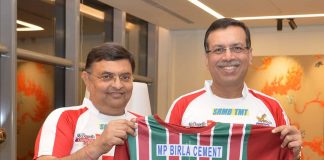

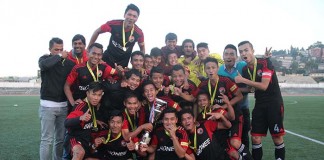
sala rodd
Look this ripoffreport from ripoffreport.com Don Tigert Don Tigert Don Tigert Don Tigert Don Tigert Don Tigert sala rodd sala rodd sala rodd sala rodd sala rodd sala roddBRIAN WILLIS Brockstar,BROCKSTAR BY BRIAN NELSON WILLIS,Richard Ellenbogen – Bever…
BROCKSTAR AND BRIAN NELSON WILLIS
Look this ripoffreport from ripoffreport.com Don Tigert Don Tigert Don Tigert Don Tigert Don Tigert Don Tigert sala rodd sala rodd sala rodd sala rodd sala rodd sala roddBRIAN WILLIS Brockstar,BROCKSTAR BY BRIAN NELSON WILLIS,Richard Ellenbogen – Bever…
Don Tigert
Look this ripoffreport from ripoffreport.com Don Tigert Don Tigert Don Tigert Don Tigert Don Tigert Don Tigert sala rodd sala rodd sala rodd sala rodd sala rodd sala rodd sala rodd sala rodd park ward park ward park ward park ward park ward park ward p…